How to accommodate a yoga student with osteoporosis in a general yoga class
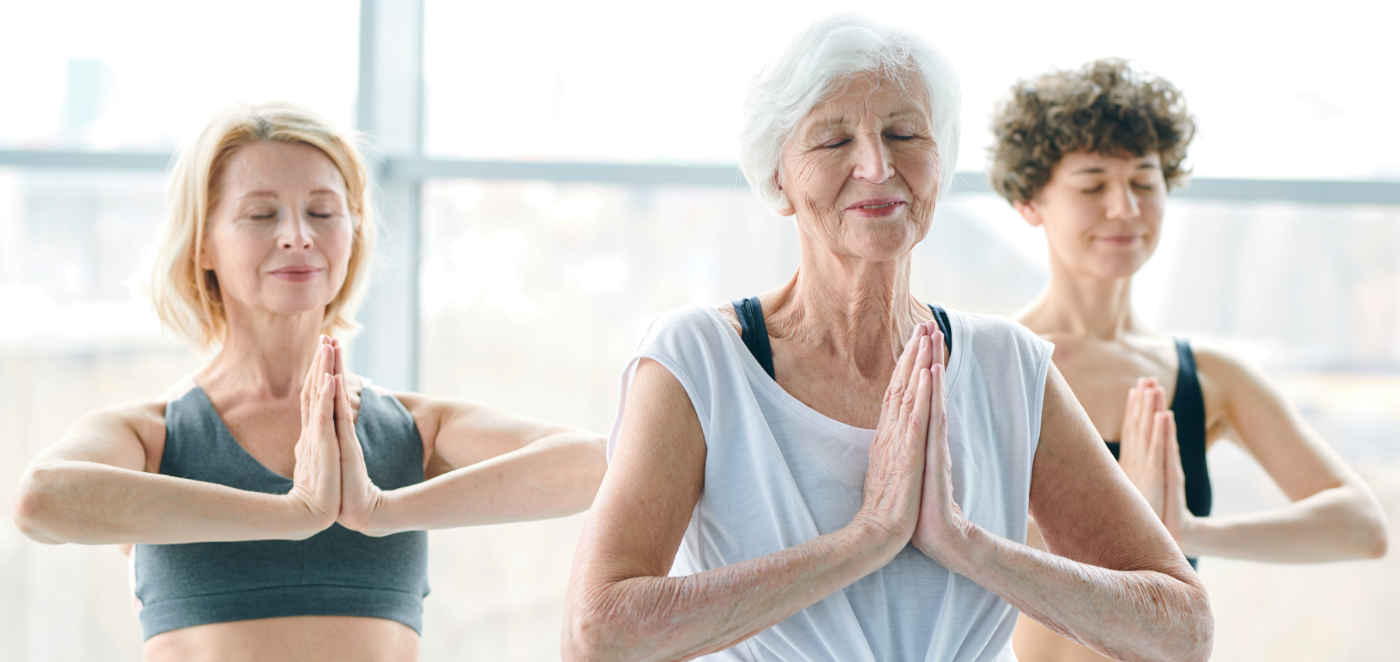
Osteoporosis is a chronic disease that is characterized by porous, weakened bones. It usually presents as low bone mass (decrease in bone quantity) and deterioration of the microarchitecture of bones (decrease in bone quality). Since the quantity and quality of bone are reduced, the risk of fracture is increased. Most of these fractures occur in the spine (vertebrae), forearms (radius), or hip (femur). The fractures can happen following the most mundane tasks like picking something off the floor. Falling is particularly problematic for folks with osteoporosis because of fracture risk. Fractures can lead to chronic pain, limited mobility, and even disfigurement, like the forward stooped posture, which, in turn, can affect heart and lung capacity. Osteopenia is a condition that is characterized by loss of bone density and is very common with aging. Osteopenia is a risk factor for developing osteoporosis, but it doesn’t necessarily lead to it. Osteopenia often serves as a first wake-up call to address bone density.
Like any other systemic disease, when we work with a student with osteoporosis, we usually choose between two main paths: working around osteoporosis or working with it. Working around osteoporosis means evaluating every pose we teach in a group class from the perspective of whether it would be appropriate for a student with that diagnosis. Every yoga teacher needs to have basic knowledge of what substitutes to offer a student with osteoporosis within a general yoga class. Working with osteoporosis in a small therapeutic group or one-on-one means obtaining much more detailed information about the student and their specific concerns, test results, doctor’s recommendations, lifestyle, and other relevant factors and then designing a tailored yoga practice with all that information in mind. This usually falls within the scope of practice of a yoga therapist.
We will begin our exploration with some general recommendations and cautions that every yoga teacher needs to be aware of if a student with osteoporosis shows up in their yoga class. Next week we will dive a bit deeper and explore specific elements we can include to help students manage osteoporosis in a small group setting. Afterward, we will list more specific recommendations that apply when we work with students individually.
General concerns for group class environment
The main principle that applies to accommodating a yoga student with osteoporosis in a general yoga class is “Do no harm.” We usually don’t have detailed information about the student’s specific situation in a class environment, so it is best to err on the side of caution.
- Avoid deep forward bends to minimize the risk of spinal fractures. Replace deep forward bends with axial extension poses with chair or wall support.
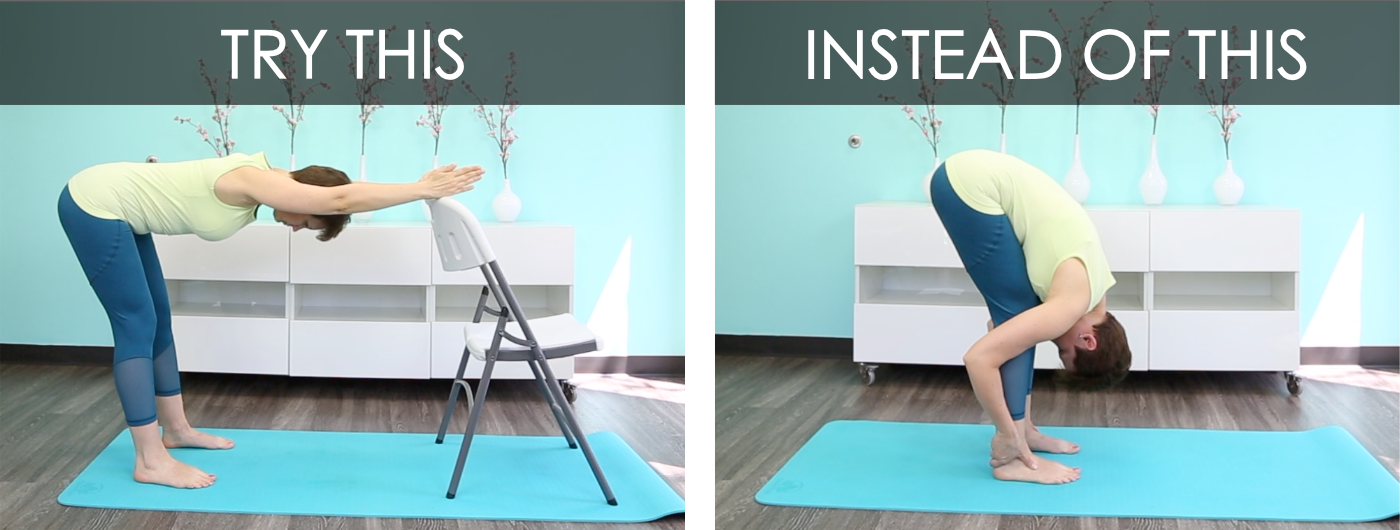
- Avoid leveraging the body in poses. Choose open-frame postures and discourage students from pulling themselves deeper into the pose. Deeper is definitely not better when it comes to osteoporosis.
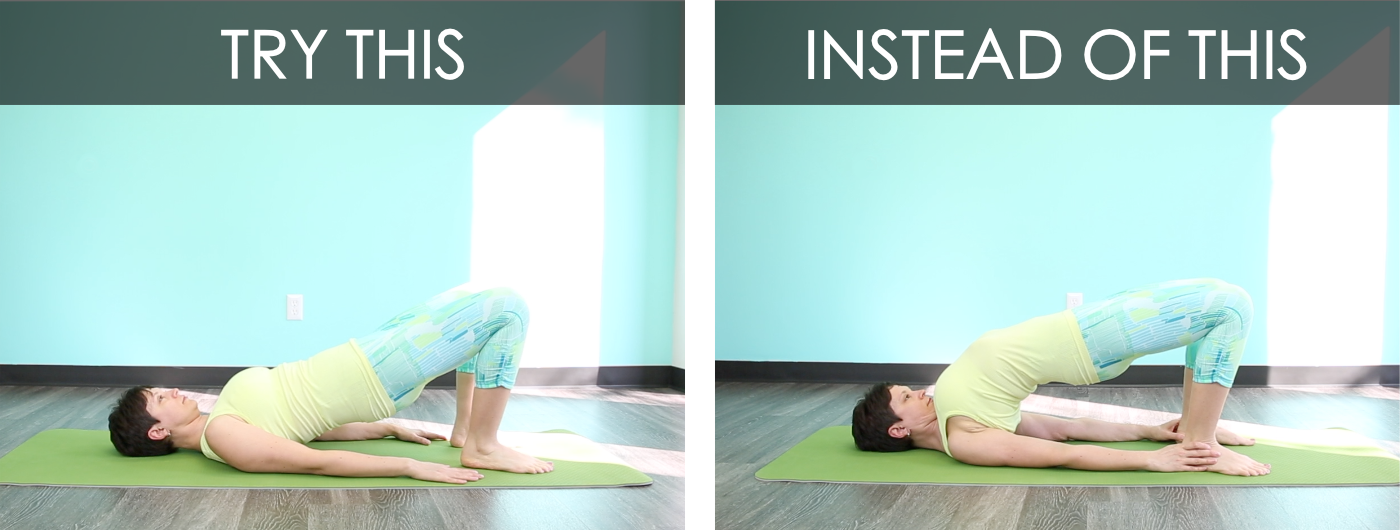
- Avoid deep twists, particularly twists with leverage. Do not combine twists with other directional movements of the spine (Ex: Twists + forward bend, twist + backbend). Do not allow spinal rounding while twisting; keep the spine long.

- Weight-bearing movements can be good for strengthening the muscles and bones but avoid bearing weight on hands for extended periods to minimize the risk of wrist fractures.
- Body alignment in poses is particularly important (maintaining neutral spine position, supporting the forward tilt of the pelvis, aligning the upper body over the lower body without strain, etc. You can refresh your memory on potential alignment issues here and here) If you see your students struggling with body alignment, make the pose easier.
- It is beneficial to move the body in all directions of spinal movement; just don’t go too far. Keeping the spine supple and supported will help students be safer in their daily activities.
- It is useful to cross-train the muscles by combining pose repetition with pose holding to maintain muscle tone and develop muscle strength. Muscle wasting is a significant factor in osteoporosis.
- Don’t repeat the same movement too many times to avoid repetitive stress on joints. Switch sides often when you do asymmetrical movements.
- Chest opening movements are generally beneficial but need to be approached with caution. Stooped posture is common with osteoporosis; we seek either to prevent it or counterbalance it. Being too aggressive with chest opening maneuvers can be risky for the spine.
- It is useful to work with simple standing balance poses while staying close to a wall or chair. It is also helpful to include dynamic balancing postures so that the students can train themselves to regain balance if they trip in their daily lives.
- Don’t sneak up on students with adjustments. Startling your students can lead to sudden movements in weird positions, which is risky for their bodies.
When we have a student with osteoporosis in a yoga class, we need to make sure that we keep the class pace slow and steady, without rushing, and without extreme ranges of movement. It is always useful to ask the student directly what kind of recommendations they had from their healthcare provider and consider those recommendations in our decision-making process.
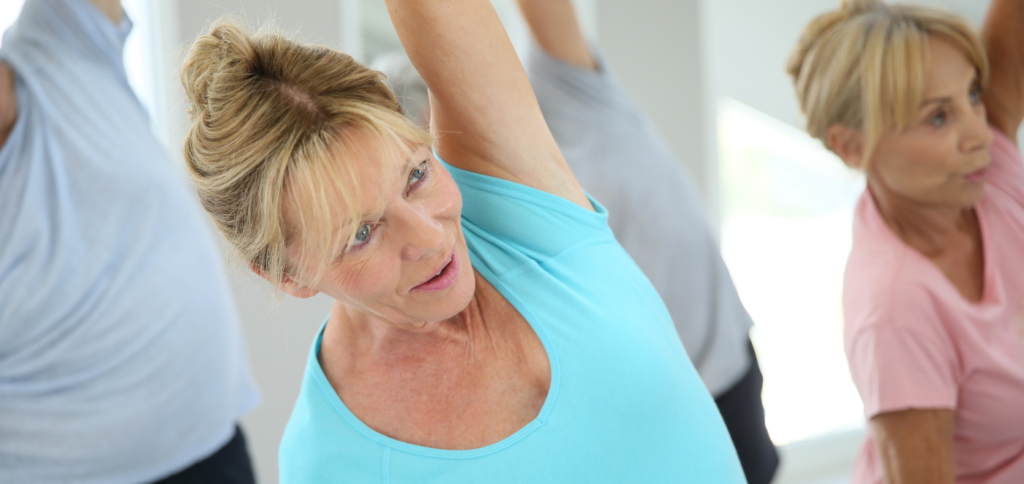
Explore specific aspects of yoga practice we can focus on to help a group of students with osteoporosis diagnosis manage their condition.


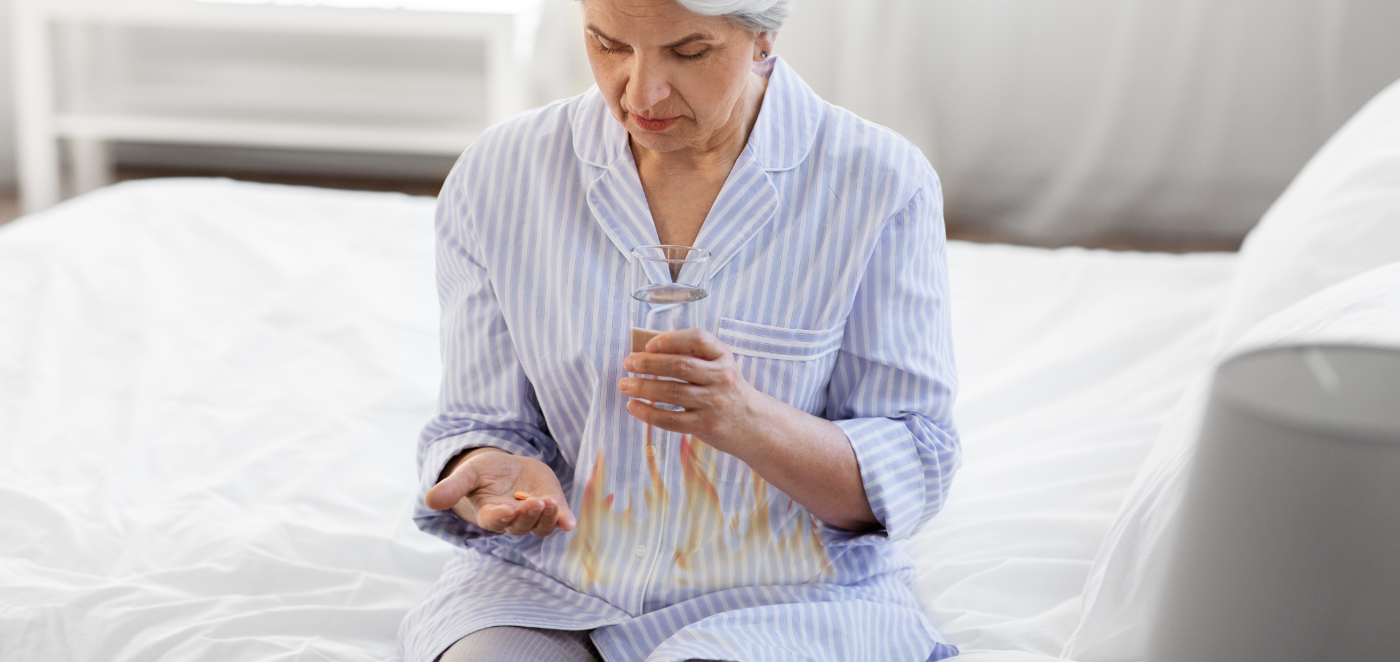
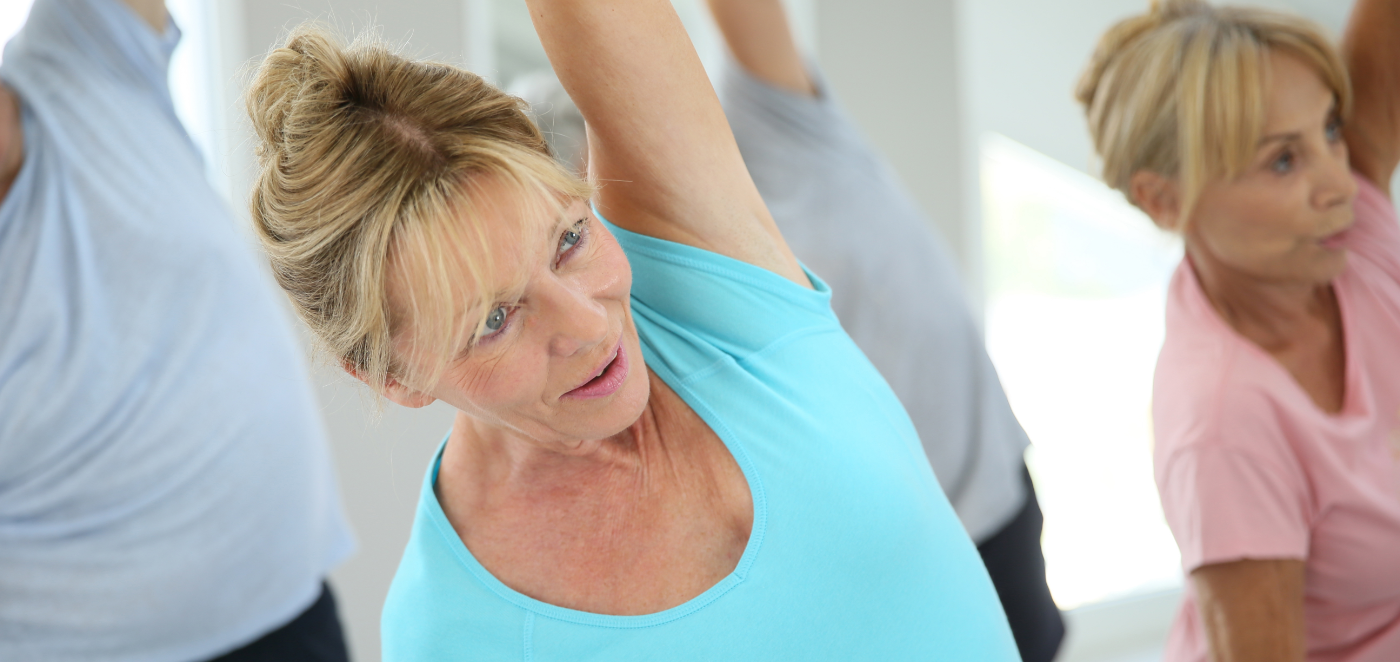



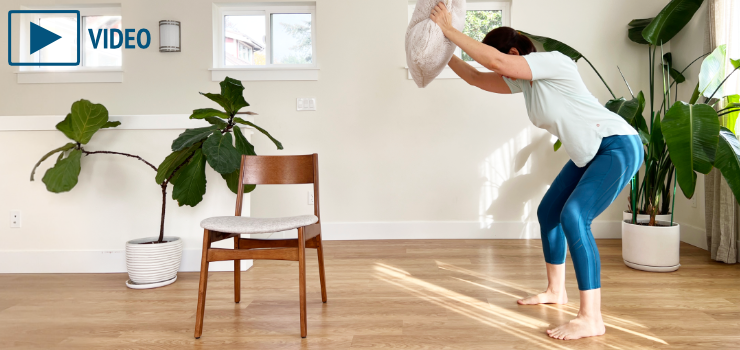

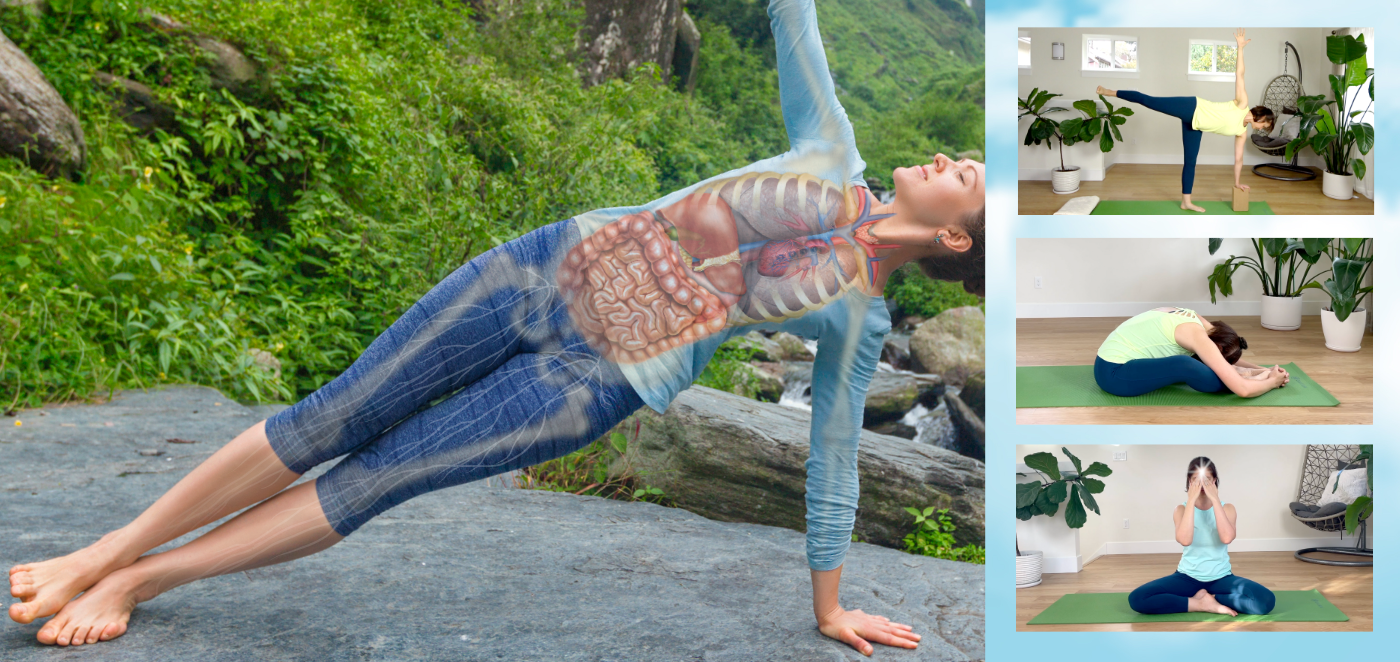
¡Muchas gracias!??
Very informative and interesting post…. Good bless you
Thank you!